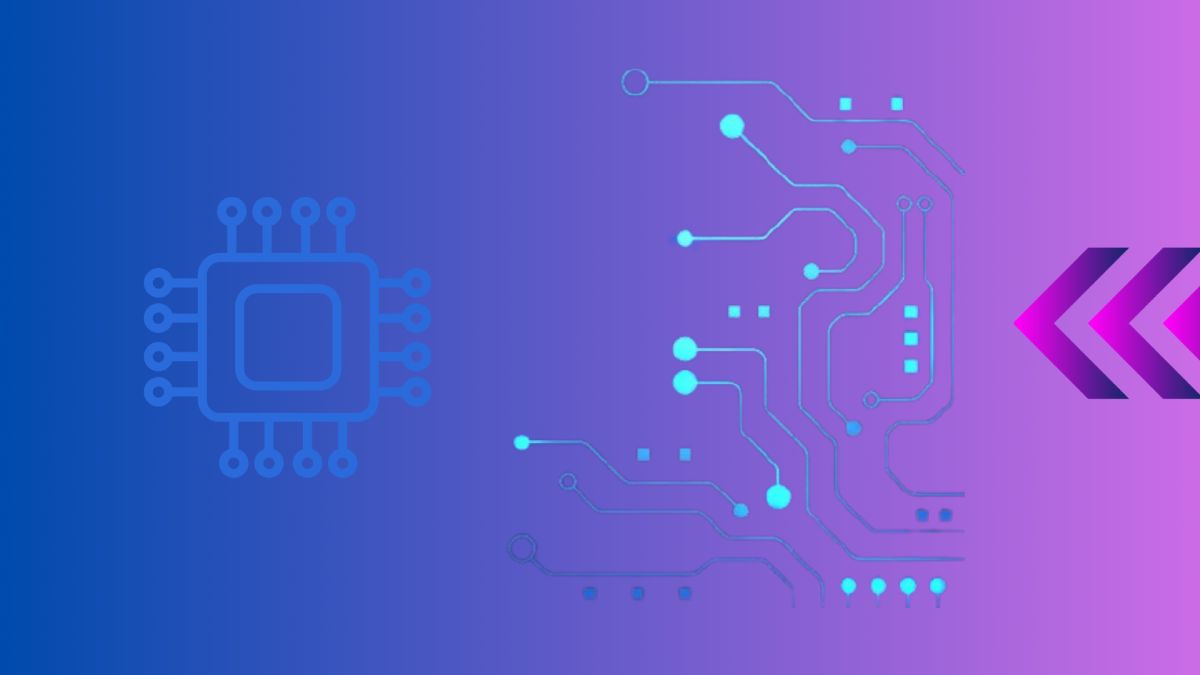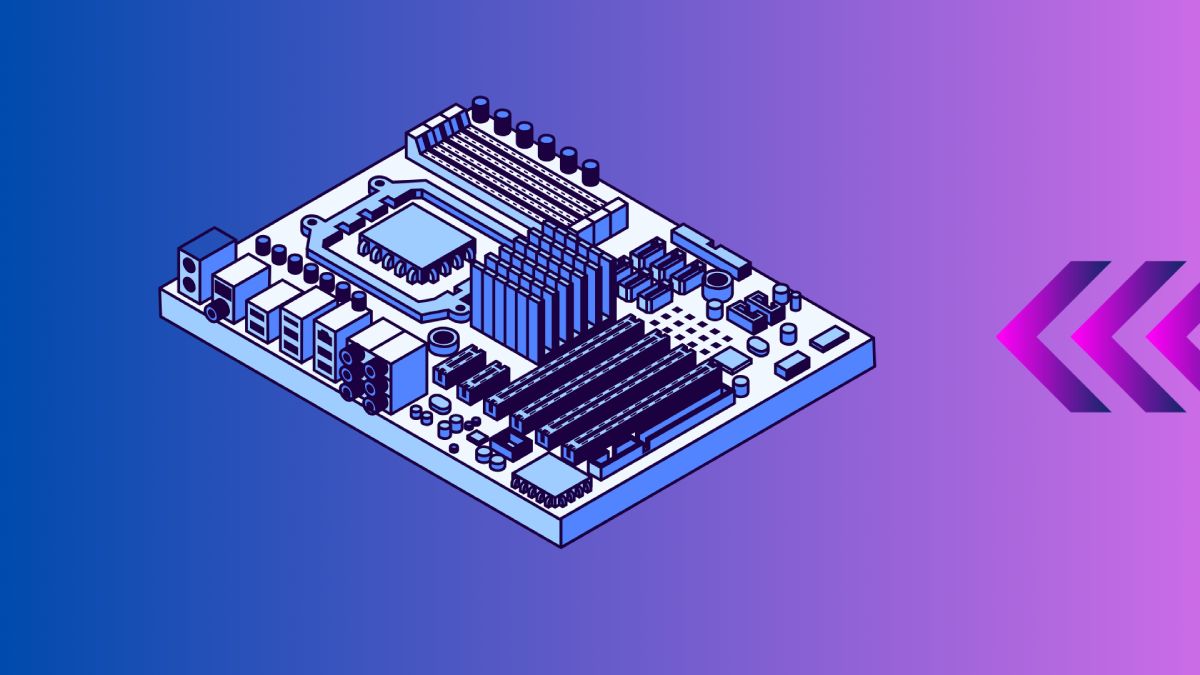Choosing the right motherboard is crucial for building a high-performance PC that meets your needs. Whether you’re a gamer, a content creator, or just need a reliable computer for everyday tasks, the motherboard is the backbone of your setup. In this guide, we’ll walk you through everything you need to know about selecting the perfect motherboard for your build.
Table of Contents
- Understanding the Role of a Motherboard
- Key Factors to Consider
- Budget Considerations
- Top Motherboard Brands
- Conclusion
- External Resources
Understanding the Role of a Motherboard
The motherboard is the main circuit board that connects all the components of your computer. It facilitates communication between the CPU, RAM, storage devices, and other peripherals. A good motherboard ensures efficient performance and provides the necessary features for your specific needs.
Key Factors to Consider
Form Factor
The form factor determines the size and layout of your motherboard. The most common form factors are ATX, Micro-ATX, and Mini-ITX.
| Form Factor | Dimensions | Pros | Cons |
|---|---|---|---|
| ATX | 12 x 9.6 inches | More expansion slots, robust features | Larger size, requires more space |
| Micro-ATX | 9.6 x 9.6 inches | Compact, sufficient features | Fewer expansion slots |
| Mini-ITX | 6.7 x 6.7 inches | Very compact, fits in small cases | Limited slots and features |
Socket Type
The socket type must be compatible with your chosen CPU. Intel and AMD have different socket types, and even within the same brand, different generations of processors may require different sockets.
| Brand | Common Socket Types |
|---|---|
| Intel | LGA 1200, LGA 1700 |
| AMD | AM4, AM5 |
Chipset
The chipset determines the motherboard’s capabilities and features. Higher-end chipsets offer more advanced features and better performance but come at a higher cost.
RAM Compatibility
Ensure the motherboard supports the type and amount of RAM you plan to use. Check the maximum RAM capacity and the number of RAM slots available.
Expansion Slots
Consider the number and type of expansion slots (PCIe) you need for additional components like graphics cards, sound cards, and network cards.
Storage Options
Look for motherboards with sufficient storage options, including SATA ports for SSDs and HDDs, and M.2 slots for NVMe SSDs.
Budget Considerations
Motherboards come in a wide range of prices. Determine your budget and find a motherboard that offers the best features within that range. Remember to balance cost with the need for future-proofing your system.
Top Motherboard Brands
Some of the most reputable motherboard brands include:
- ASUS
- MSI
- Gigabyte
- ASRock
- EVGA
Conclusion
Choosing the right motherboard is essential for building a reliable and high-performance PC. By considering factors like form factor, socket type, chipset, RAM compatibility, expansion slots, and storage options, you can find a motherboard that meets your needs and fits your budget.
For more detailed information on selecting a motherboard, check out our in-depth guide on how to choose a motherboard.

